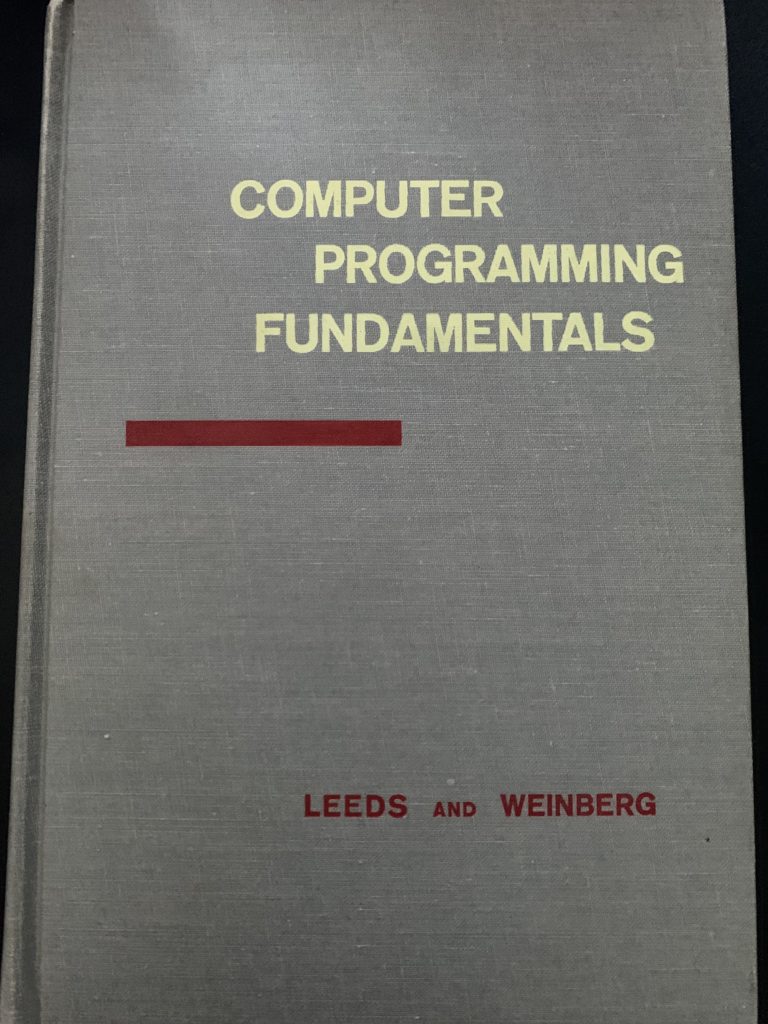Back in 2011, I approached Rob Lambert at the Software Testing Club on a small series, packed into a narrative format as I wanted to try that out. Rob decided to run that series on the Software Testing Club back then, and I had some fun writing it. Skip forward 11 years, and the Software Testing Club no longer exists, it’s been a while since I have been in touch with Rob, yet I figured, let’s see how this series aged over the years. As a sort of throwback Friday for myself, I will publish the entries on a weekly basis, and read along with you. I think I ended up with eight chapters in the end and might add a reflection overall at the end. In case you want to catch up with the previous parts, I published these ones earlier:
Continue reading The Deliberate Tester – Chapter 3: Fallacies and PitfallsAll posts by Markus Gärtner
How to handle technical debt?
Over the years, I have seen many companies struggling with paying off technical debt and legacy code. Heck, I produced legacy code within a 45-minute session at a code retreat on my own, so consider me guilty as charged as well. Over the years, I have seen a pretty tiny fraction of companies actually managing their technical debt. So, here are a few stories that I oftentimes share from these companies and how they tackled technical debt and legacy code – with no claim for this to be a complete list of things that might work. Please add any additional advice you want to share in the comments.
Continue reading How to handle technical debt?Remembering Jerry: Computer Programming Fundamentals
It’s been four years since – sadly – Gerald M. “Jerry” Weinberg passed away. Ever since then, I struggled with some public mourning about him, until recently I had just the right idea. On a weekly basis, I will publish a review of a book I read that Jerry either wrote himself or is about some of his work. Today, we are going to take a look at one of his earliest works I could get my hands on Computer Programming Fundamentals, co-authored with Herbert D. Leeds. published by McGraw-Hill in 1961.

The Deliberate Tester – Chapter 2: Facing the Business with Automation
Back in 2011, I approached Rob Lambert at the Software Testing Club on a small series, packed into a narrative format as I wanted to try that out. Rob decided to run that series on the Software Testing Club back then, and I had some fun writing it. Skip forward 11 years, and the Software Testing Club no longer exists, it’s been a while since I have been in touch with Rob, yet I figured, let’s see how this series aged over the years. As a sort of throwback Friday for myself, I will publish the entries on a weekly basis, and read along with you. I think I ended up with eight chapters in the end and might add a reflection overall at the end. In case you want to catch up with the previous parts, I published these ones earlier:
Continue reading The Deliberate Tester – Chapter 2: Facing the Business with AutomationRant: I f$%&ing hate working remotely!
Just to set the tone straight: I hate traveling for work just like the next person. But today, I’m covering why I hate working remotely even more than that.

Remembering Jerry: Becoming a technical leader
It’s been four years since – sadly – Gerald M. “Jerry” Weinberg passed away. Ever since then, I struggled with some public mourning about him, until recently I had just the right idea. In the coming weeks, I will publish a review of a book I read that Jerry either wrote himself or is about some of his work. I struggled with the order I want to go for these books, chronological, topic-wise, in the order, I read them. Even after consulting my network, I don’t have a clear picture there, so I will basically just go with “whatever I want to do this week”. So, the first book I picked is Becoming a technical leader – An organic problem-solving approach published by Dorset House in 1986.

The Deliberate Tester – Chapter 1: Session-based exploration
Back in 2011, I approached Rob Lambert at the Software Testing Club on a small series, packed into a narrative format as I wanted to try that out. Rob decided to run that series on the Software Testing Club back then, and I had some fun writing it. Skip forward 11 years, and the Software Testing Club no longer exists, it’s been a while since I have been in touch with Rob, yet I figured, let’s see how this series aged over the years. As a sort of throwback Thursday for myself, I will publish the entries on a weekly basis, and read along with you. I think I ended up with eight chapters in the end and might add a reflection overall at the end. So, without further ado, let’s follow Peter’s tester journey along while he gets familiar with session-based test management.
Continue reading The Deliberate Tester – Chapter 1: Session-based explorationWorking on overcoming Imposter Syndrome
For a couple of years now, I saw conference talks on the imposter syndrome coming up every now and then, from different people in the field. Ever since I started to deal with my own “manipulator”, I figured it could be helpful to some people out there interested in trying the first steps in overcoming imposter syndrome on their own. Please note that the following has helped me in my journey. I don’t dare to say this will work all the time for everyone. It worked for me. So, maybe someone else is similarly as weird as I am, and it helps that person, too.
Continue reading Working on overcoming Imposter Syndrome“I’m an architect.’
A few years back, I ran a public course in Düsseldorf, Germany. While looking through my options for one of the evenings, I noticed a public Coding Dojo run by the Softwarkskammer group there and decided to have some coding fun in the evening. During the dojo, I had an experience with one of the attendees that I keep on sharing every now and then.
I think I wrote up on this a while ago. Since I keep on referring to that experience, I thought maybe a reflection on what I think happened a few years later, might be helpful.
Continue reading “I’m an architect.’Team interaction pattern: the ambassador
A couple of times, I found a particular pattern of interaction from a team with some other group (or team) useful. I would not recommend it all the time, but there appear to be appropriate use cases every now and then. Since I didn’t cross similar thoughts in the Team Topologies book, I thought it useful to write up as inspiration for others. Let me introduce the ambassador to a team.
Continue reading Team interaction pattern: the ambassador
